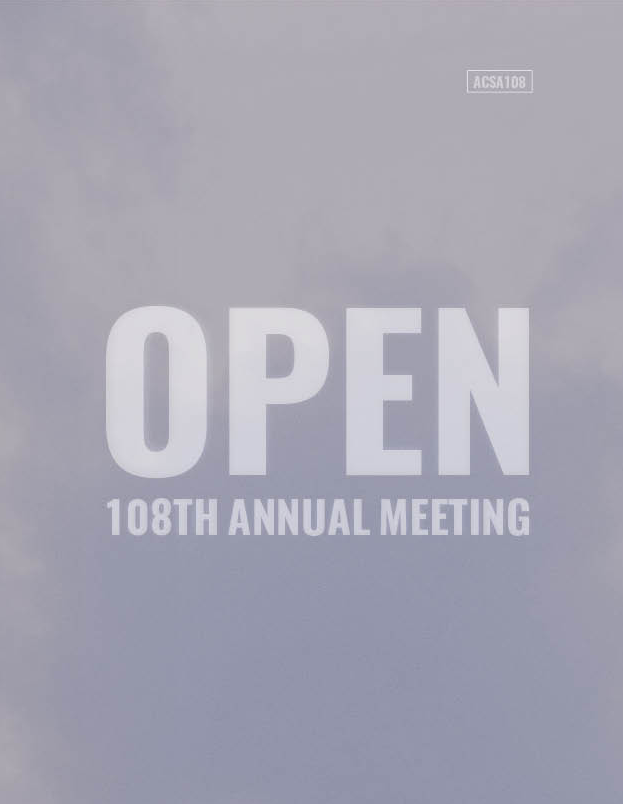Author(s): Dahlia Nduom & Nea Maloo
The design studio has often been considered central to architecture education, while the building science courses are the backbone of architecture. While NAAB accredited programs require a body of structures and buildings science courses, the integration of these courses into design studios has been implemented to varying degrees across NAAB accredited institutions. Some programs tackle this integration through a comprehensive design studio in the upper-class years, while others advocate for this integration at the 1st-year design studio. The debate surrounding integration between building science courses and design studio continues with some questioning how much integration is necessary in the early design studio, while others seeing it as essential to the design studio and pushing for a direct link. This paper aims to add to the conversation by relaying our experiences in proposing a pedagogical symbiotic relationship between the building science courses and the 3rd-year design studios at our university. This paper questions how can we envision building science and studio courses as a Yin and Yang relationship where one can’t exist without the other? How can the integration lead to more successful understanding of concepts taught in building science courses? How can the work being done in design studio be used as a teaching tool in the building science courses and vice versa? What are the best practices for achieving this integration? Integration as a teaching tool was tested during the students’ 3rd-year. Subject matter from Environmental Systems and Structures courses were used in the development of discrete exercises to convey specific concepts instead of challenging the students with a complete integration as would occur in a later comprehensive design studio or thesis. The paper presents lessons learned, surveys conducted before and after the exercises and conclusions from the authors on how to improve on this pedagogical approach.
https://doi.org/10.35483/ACSA.AM.108.102
Volume Editors
ISBN
978-1-944214-26-5

 Study Architecture
Study Architecture  ProPEL
ProPEL 
